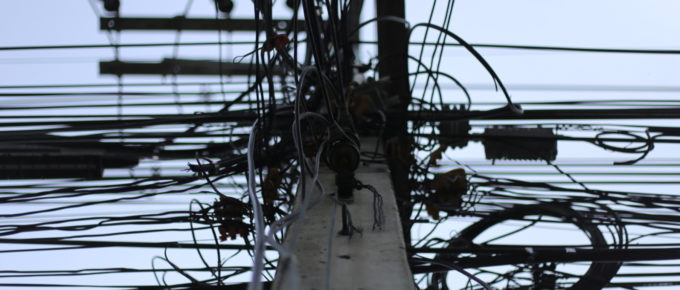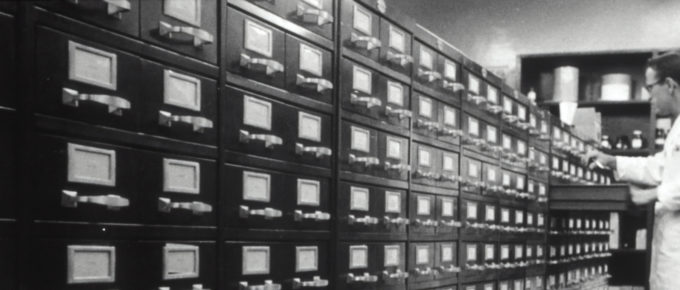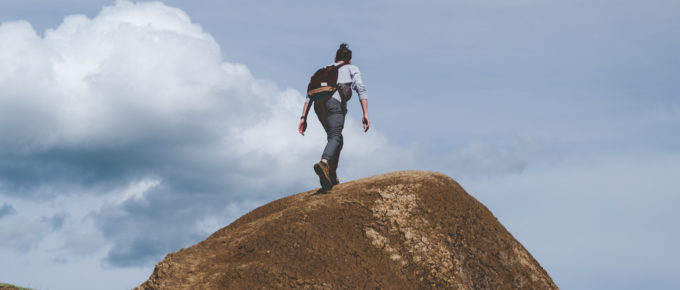The work that I specialize in is figuring out viable solutions to complex, messy and challenging projects. It is intense and it is consuming. There are also numerous pitfalls to doing it well. You try to create clarity around something that is inherently unclear. You also need to avoid making it too simple, where simple answers become tempting and potentially create further challenges. Doing this work is as much art as it is science.
You Have To Do The Work
Creative work is some of the most important work that we can do. It can also be the hardest. When you pour part of yourself into your work, you open yourself up to criticism. You can tie yourself in knots anticipating the feedback, critiques and suggestions of others. You can try for perfection, or you can put off the work until the time is right and you are in the space to get it done. In the long run, you are engaging in avoidance and sabotage. In no way do you escape the worst critic of all.
To a Much Different Year
We find ourselves at the beginning of another new year. Without much effort, it could feel a lot like the years that have just past. I very much hope for a different outcome. Experiencing differently, though, requires doing differently. To that end, I am stepping out of my comfort zone and shifting gears a little bit as we go forward. Part of the reason for that shift is professional, without question. Some if it is also very personal, as I challenge myself to take on new experiences and show up in different ways than I have in the past.
Building a Second Brain
What if you never forgot anything? Consider what it would mean to remember every idea you have ever come across, and where it originally came from. Even better, imagine building on that knowledge to identify ideas you want to explore, papers you want to write, research you want to do or projects you want to pursue. Sound far-fetched? Perhaps. But an obscure (to most of us) sociologist named Niklas Luhmann devised a system to support doing exactly this. The essence of the system is absolute simplicity. This isn’t to say that actually building one doesn’t involve some significant complexity and work.
Taking Action Towards Your New Normal
It is one thing to design what you want your new normal to look like. Getting there is a different matter, and one that is important to acknowledge. You may feel completely confident about your decisions and choices in the moment. Enacting them, communicating them and sharing them with others can be its own challenge. Whether you are trying to make changes at work, personally or in your relationships, part of getting what you want will involve negotiating with others. There is no one more challenging to negotiate with than yourself.
A Guide to Designing Your New Normal
We all get to choose who we wish to become. While that has always been true, there have been few opportunities quite so significant and meaningful as the situation in which we find ourselves today. We have been collectively in a liminal transition from the start of the pandemic. While we didn’t choose this, there are opportunities to learn from it. In particular, there is a choice of how each of us emerges from the experience. This isn’t about going back to where you were before; none of us are doing that fully. As you navigate towards your next normal, you have the opportunity to use your current liminal reality to shape and define who your future self. There will never be a better opportunity for broad reinvention of who you become and where you go than the situation you find yourself in today.






